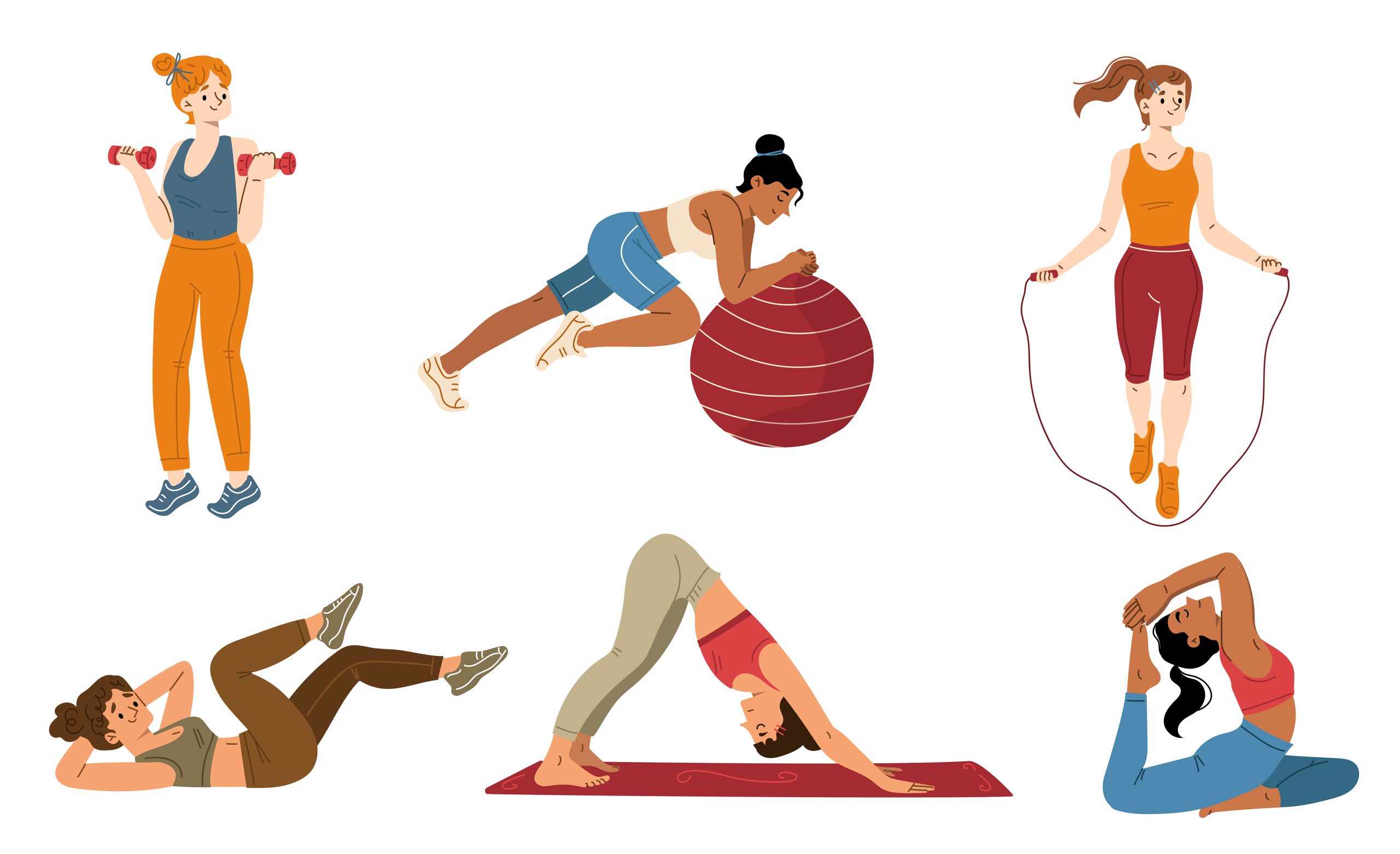In the world of physical fitness and performance arts, activities like yoga, ballet, and gymnastics stand out not only for their physical demands but also for their emphasis on flexibility. These disciplines go beyond mere physical exertion, delving into the realms of artistry, balance, and the profound control of one’s body. Flexibility, the ability to move joints through a complete range of motion, is a cornerstone of these activities, required not just for achieving the aesthetic of movements but also for preventing injuries, enhancing performance, and promoting overall well-being. This article explores the pivotal role of superior flexibility in yoga, ballet, and gymnastics, elucidating why practitioners of these disciplines strive to achieve and maintain flexibility levels beyond the norm.
The Aesthetic and Technical Demands
In ballet and gymnastics, flexibility is not merely a functional requirement; it is integral to the art form itself. The aesthetic appeal of ballet is characterized by graceful, fluid movements that often require extreme extensions, bends, and splits. Similarly, gymnastics routines showcase spectacular feats of flexibility, including high kicks, backbends, and splits, that contribute to the overall score in competitions. Yoga, while not competitive in nature, also places a high value on flexibility as it involves a series of postures designed to enhance the body’s flexibility and strength. In all these disciplines, superior flexibility allows for a greater range of expression, enabling practitioners to execute movements with precision and beauty.
Injury Prevention and Recovery
Beyond the aesthetic, better than normal flexibility plays a critical role in injury prevention and recovery. Activities that demand sudden, intense movements can put considerable stress on muscles and joints. High flexibility levels allow for a wider range of motion, reducing the risk of strains, sprains, and muscle tears by ensuring that movements are fluid and within the capacity of the body’s limits. Furthermore, flexible muscles and joints are more resilient to the impacts and shocks inherent in physical activities, thus aiding in quicker recovery and reducing the likelihood of chronic injuries or pain.
Enhancing Performance and Mastery
Achieving mastery in yoga, ballet, and gymnastics requires not just skill but also a body that can adapt to the rigorous demands of these disciplines. Flexibility enhances performance by enabling practitioners to execute complex movements with greater ease, precision, and control. It allows athletes and performers to push the boundaries of what is physically possible, contributing to innovation and evolution within their disciplines. In gymnastics, for example, flexibility directly impacts scoring, with more flexible gymnasts able to achieve higher difficulty levels in their routines. Similarly, in ballet, flexibility facilitates a wider repertoire of movements, essential for professional growth and performance variety.
Balance and Body Awareness
Practicing activities that require superior flexibility also promotes balance and body awareness, fundamental components of physical health and performance. Through consistent training, individuals develop a keen sense of their body’s capabilities and limitations, learning to move with intention and mindfulness. This heightened body awareness aids in achieving complex poses and movements while maintaining balance, a critical factor in executing routines safely and effectively. Additionally, the focus on flexibility encourages a holistic approach to fitness, where the goal is not just strength or endurance but a harmonious balance between different physical attributes.
Psychological Benefits
Lastly, the pursuit of flexibility in yoga, ballet, and gymnastics offers psychological benefits, contributing to mental well-being and resilience. The disciplined practice required to enhance flexibility fosters patience, dedication, and a growth mindset. It teaches practitioners to approach challenges with grace and to view progress as a gradual journey rather than instant gratification. Moreover, the meditative aspects of stretching and flexibility exercises can have calming effects, reducing stress and enhancing concentration.
Flexibility as a Foundation
The requirement for better than normal flexibility in yoga, ballet, and gymnastics underscores the integral role this physical attribute plays in the success and longevity of practitioners in these fields. Superior flexibility enhances the aesthetic quality of performances, prevents injuries, boosts performance, and cultivates balance and body awareness. Additionally, the journey to achieving exceptional flexibility offers psychological benefits, reinforcing the importance of this discipline in achieving overall health and mastery in these demanding activities. As such, flexibility is not just a goal but a foundation upon which the beauty, safety, and evolution of these disciplines rest.
